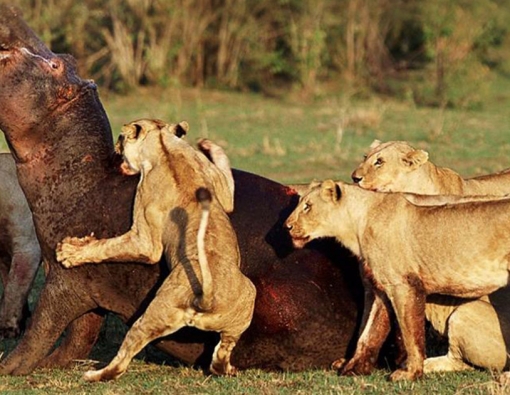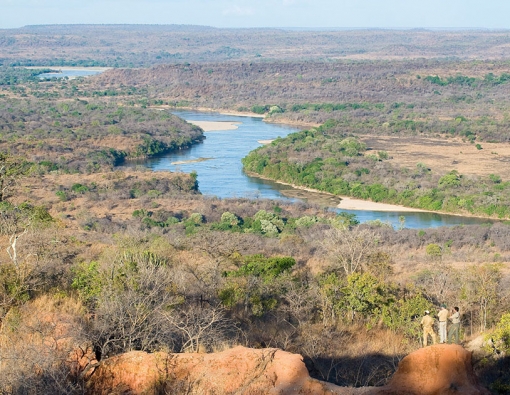4 Days lodge safari in Lake Manyara National Park,Ngorongoro crater & Serengeti National Park

Overview
4 days safari
During this 4-day camping safari you will visit the Lake Manyara National Park, the Ngorongoro Conservation Area and the Serengeti National Park. What you can expect in this safari is to view everything ‘’big five and different wild species’’.
Itinerary
Day 1: Lake Manyara National Park (Moshi to Lake Manyara National Park to Mto wa mbu).
Our professional tour guides will meet you at the hotel and briefing you about the tour. You will travel up to Lake Manyara where you will be able to see tree climbing lions which are the park’s main attraction. Why these lions habitually climb trees is still up for debate but viewing a pride relaxing in an acacia tree is an incredible site. The park is also famous for its elephant, huge number of baboons and due to its varied landscape has an impressive range of other game including wildebeest, buffalo, hippo, flamingo, zebra, warthog, waterbuck, dik-dik and impala. This small park is also home to over 400 species of birds, including flamingos, pelicans, storks and cormorants.
You will be able to view the surroundings as the safari vehicle’s roof can open up to allow you the best angle for photography. After an extensive game drive in the park you will leave the park in the afternoon. Tonight you will spend the night under the stars as you camp at a campsite in the small town of Mto wa Mbu.
Day 2: Serengeti National Park ( Mto wa mbu to Serengeti National Park).
In the morning our after getting a breakfast and relax for a bit, a journey to Serengeti National Park will begin. Serengeti is one of those very rare places that has a huge reputation, yet still somehow manages to surpass expectations and take your breath away. Surrounded by remarkable tribes such as the Maasai and Hadzabe, this wider area is also fascinating from a cultural perspective. In a nutshell, the Serengeti is the mother of all safari parks and the most celebrated wildlife reserve in the world. There is absolutely nowhere else to match it. Absolutely outstanding!
We believe the very best times of year to be in the park are from January to March, when the herds of the Great Migration are calving, and from the middle of July all the way to the middle of November, when the herds are crossing the Mara river to or from Kenya.
Day 3: Ngorongoro crater (Serengeti National Park to Ngorongoro conservation area).
On the third day you the journey to Serengeti conservation area will begin, The Ngorongoro Crater and surrounding highlands together form one of Africa's most beautiful regions. Volcanic craters form stunning backdrops to some of the most fertile and richest grazing grounds in Africa. The most famous such crater is without question the Ngorongoro Crater, the world’s largest intact volcanic caldera and home to the highest density of big game in Africa, including all the big five and plenty of predators. The Ngorongoro is justifiably one of the continent's most famous safari destinations.
Activities inside the Ngorongoro Crater itself are limited to game driving only. There are also picnic spots in the park. A full range of activities is however on offer in the wider Ngorongoro Conservation Area, including walking, trekking, excursions to Olduvai Gorge and visiting the Masai and other tribes.
Day 4: Ngorongoro crater (Ngorongoro crater to Moshi)
We will spend half day to view different wild life. Today, the volcano is a Mecca for those looking to witness a whole host of animals and to take in “that” view. The crater floor itself, with its flat expanse and fertile soil, has become the year round home for many of Africa’s largest animals such as the black rhino, black manned lion (the blacker the mane the older and more virile the lion) and the continent’s densest population of spotted hyena….to name but a few. After extensive game viewing and a lunch at a picnic spot, you will leave the crater and travel back to Moshi.




